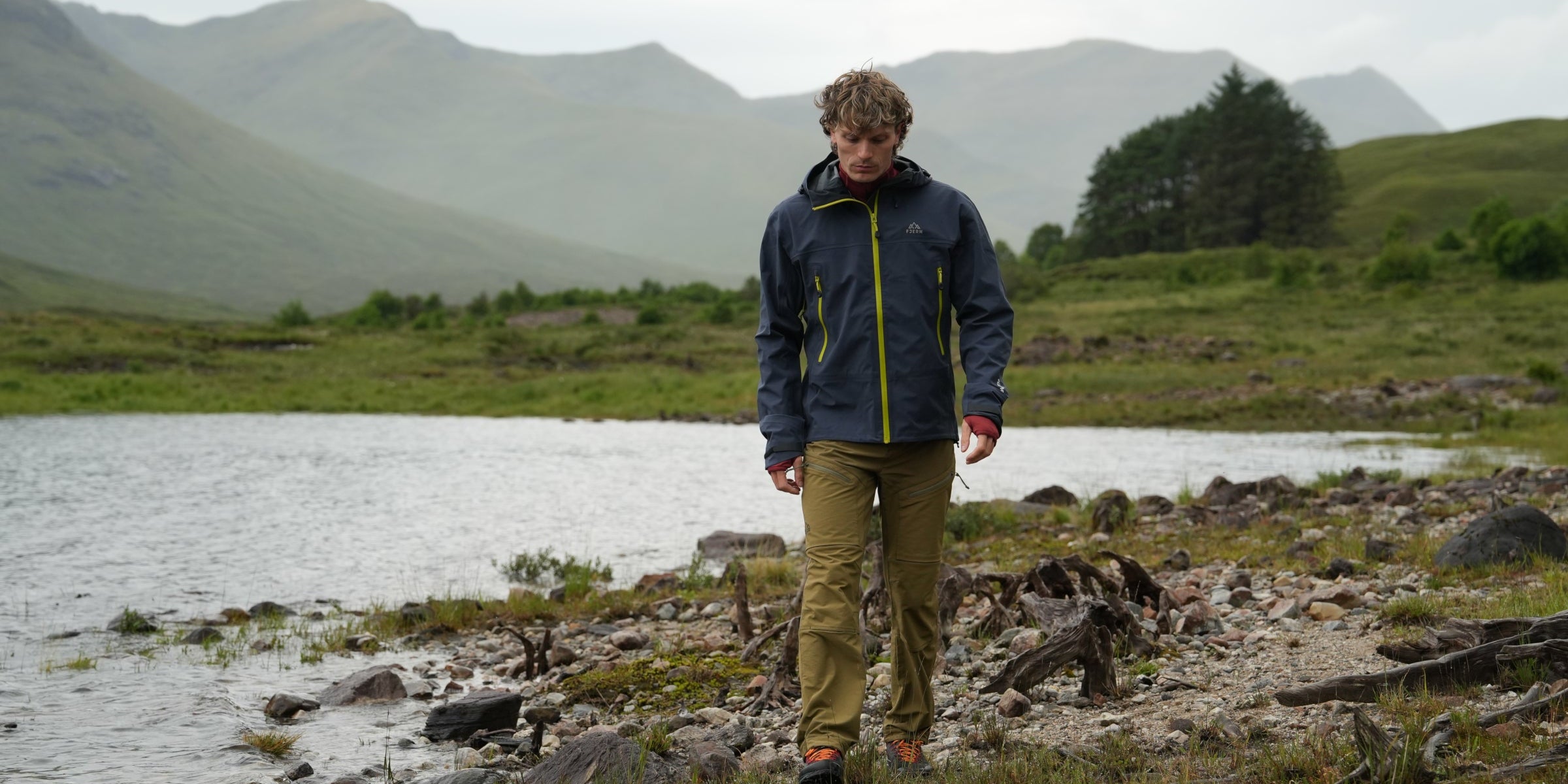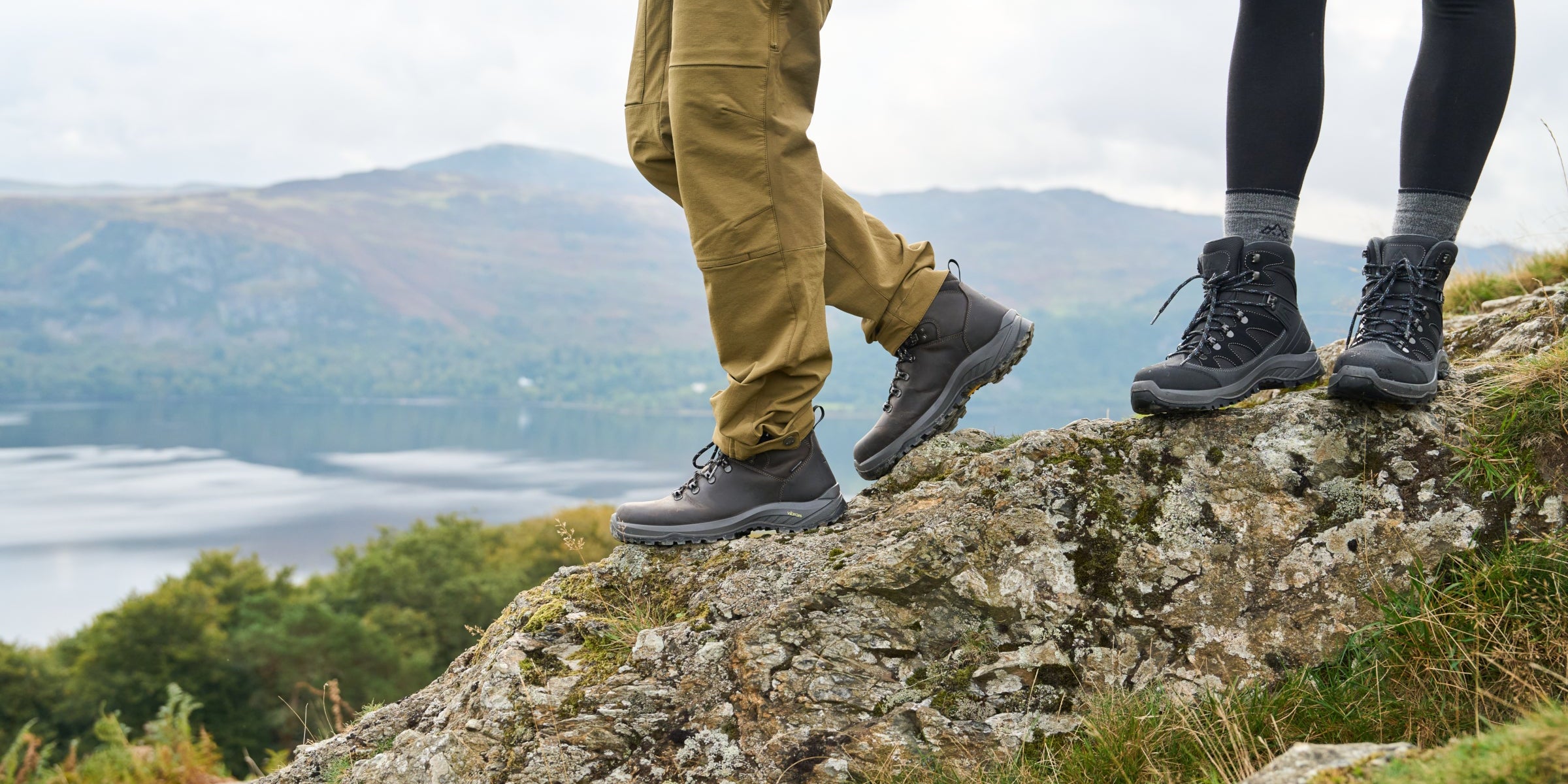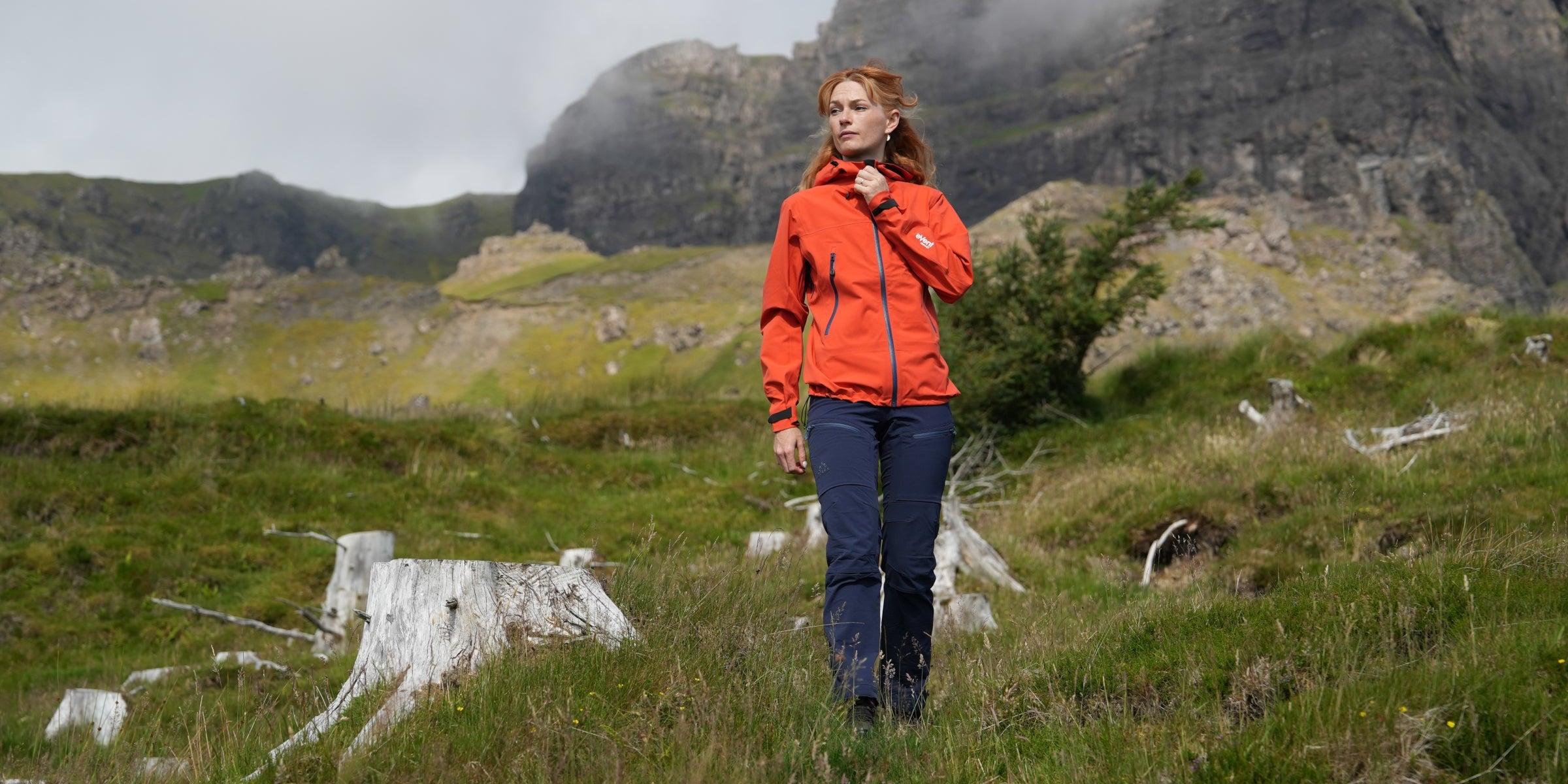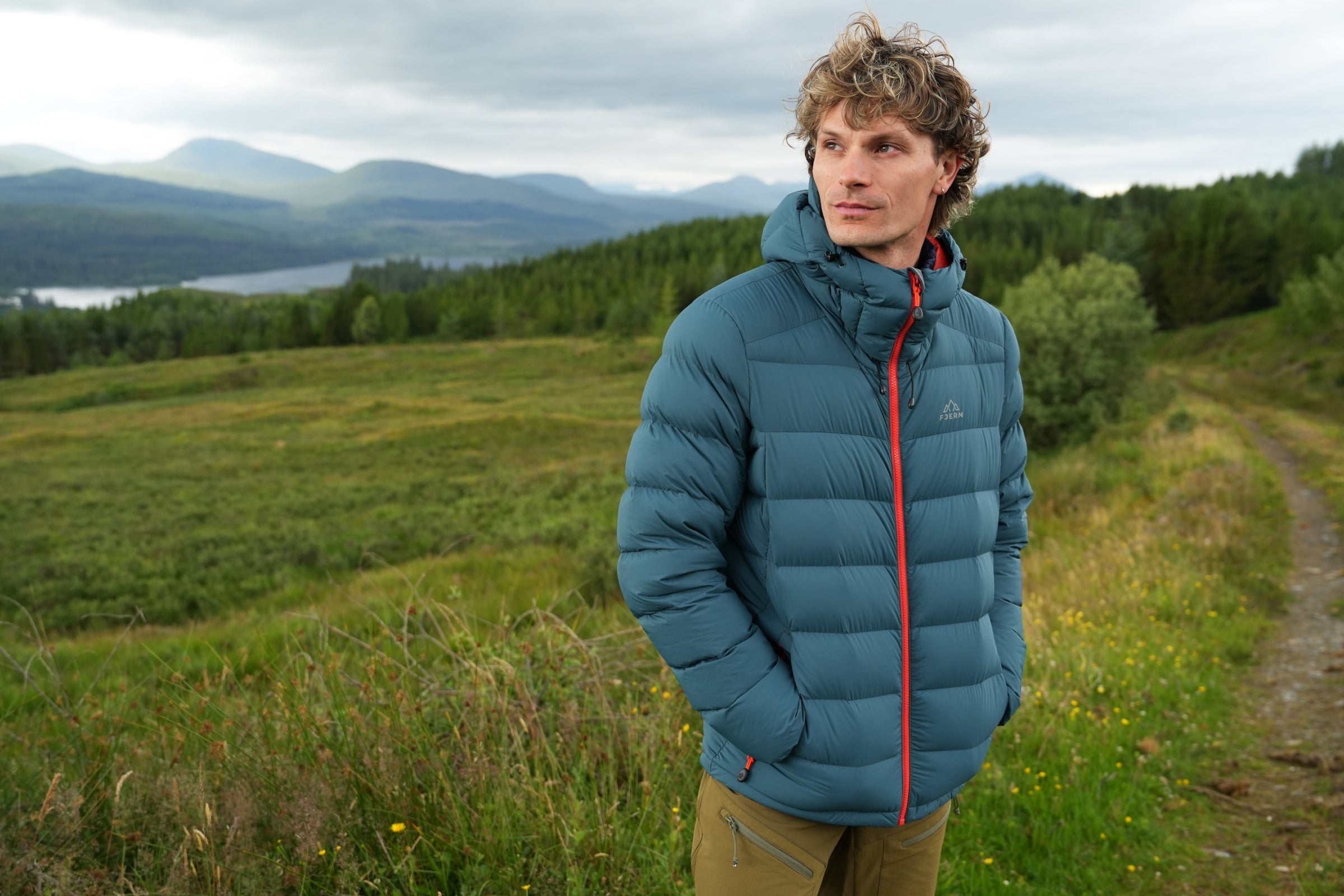TLDR
-
Down:
Best warmth-to-weight and packability; excels in cold, dry conditions; needs care around moisture.
-
Synthetic:
Keeps warm when damp and dries fast; better for wet, mixed, or high-output days; packs larger for same warmth.
Quick comparison
| Factor | Down (duck/goose) | Synthetic |
|---|---|---|
| Warmth-to-weight | ★★★★★ | ★★★☆ |
| Warmth when wet | ★★ | ★★★★☆ |
| Dry time | ★★ | ★★★★☆ |
| Packability | ★★★★★ | ★★★ |
| Breathability | ★★★ | ★★★★ |
| Durability (loft retention) | ★★★★ | ★★★ |
| Care needs | ★★★☆ | ★★ |
| Best for | Cold, dry, low-sweat | Wet, changeable, active use |
How insulation works
Both down and synthetic insulation trap still air between fibres. More loft = more trapped air = more warmth. Performance depends on:
- Loft per gram
- Ability to resist moisture and keep loft
- Shell fabric and construction (baffles, stitch-through vs box-wall)
Down insulation
What it is: Fine clusters from goose/duck under-plumage.
Key spec: Fill power (FP), e.g., 700, 800, 900. Higher FP = more loft per gram.
- Typical range: 550–900+ FP.
- Higher FP = lighter, more compressible for a given warmth.
Pros
- Exceptional warmth-to-weight
- Compresses very small
- Long service life if kept dry and stored uncompressed
Cons
- Loses loft when wet; slow to dry
- Needs more care (washing, drying, storage)
- Cost rises with fill power and ethical sourcing
Upgrades to look for
- Hydrophobic down treatments to resist moisture
- Box-wall baffles in expedition pieces to reduce cold spots
- Responsible Down Standard (RDS) or similar certification
Synthetic insulation
What it is: Polyester fibres formed as continuous filaments or short-staple clusters to mimic down.
Key spec: Grams per square metre (gsm), e.g., 40, 60, 100, 133, 200 gsm. Higher gsm = warmer.
Pros
- Retains warmth when damp and dries fast
- Better performance in steady drizzle, wet snow, or sweaty climbs
- Easier care; often lower cost
Cons
- Heavier and bulkier than down for the same warmth
- Can lose loft with repeated compression and washing
Upgrades to look for
- Recycled content (lower footprint)
- Zoned insulation (lighter in sleeves/sides)
- Continuous-filament types for improved durability
Performance by condition
Temperature and Effort
- Cold & dry, low effort (belaying, camp): Down maximises warmth with minimal weight.
- Cold & damp, stop-start (UK winters, hut trips): Synthetic handles moisture swings better.
- High-output (hiking fast, ski touring ascents): Synthetic tolerates sweat; pair with breathable shells.
Weather
- Sub-zero with clear skies: Down.
- Near-freezing with sleet/mist: Synthetic or treated down with robust shell.
- Uncertain shoulder seasons: Synthetic for reliability.
How warm is “warm”? Quick guide
Approximate mid-layer jacket warmth bands for typical use. Shell, fit, and metabolism vary.
- Light action layer: Synthetic 40–60 gsm or light down with low fill weight
- All-rounder: Synthetic 80–100 gsm or 700–800 FP down with moderate fill weight
- Deep winter/belay: Synthetic 120–200 gsm or high FP down with higher fill weight and box baffles
Construction details that matter
- Baffle design: Stitch-through = lighter but small cold spots. Box-wall = warmer, used in serious cold.
- Shell fabric: Tighter weaves and DWRs shed moisture and help protect loft.
- Fit: A close, non-compressed fit traps air better. Size for intended layering.
Care and longevity
Down
- Store loose, not stuffed.
- Wash rarely with down-specific detergent.
- Tumble dry low with clean dryer balls until fully lofted.
Synthetic
- Less fussy; machine wash cool with mild detergent.
- Air dry or tumble low; avoid fabric softeners.
- Store dry; moderate compression is fine.
Decision guide
1. Is it likely wet or sweaty?
- → Yes: Synthetic.
- → No: continue.
2. Do you need the smallest pack size and lightest weight?
- → Yes: Down.
- → No: either works.
3. Will you stop and stand around in the cold?
- → Yes: Down or high-gsm synthetic if damp risk.
- → No: Synthetic for active comfort.












